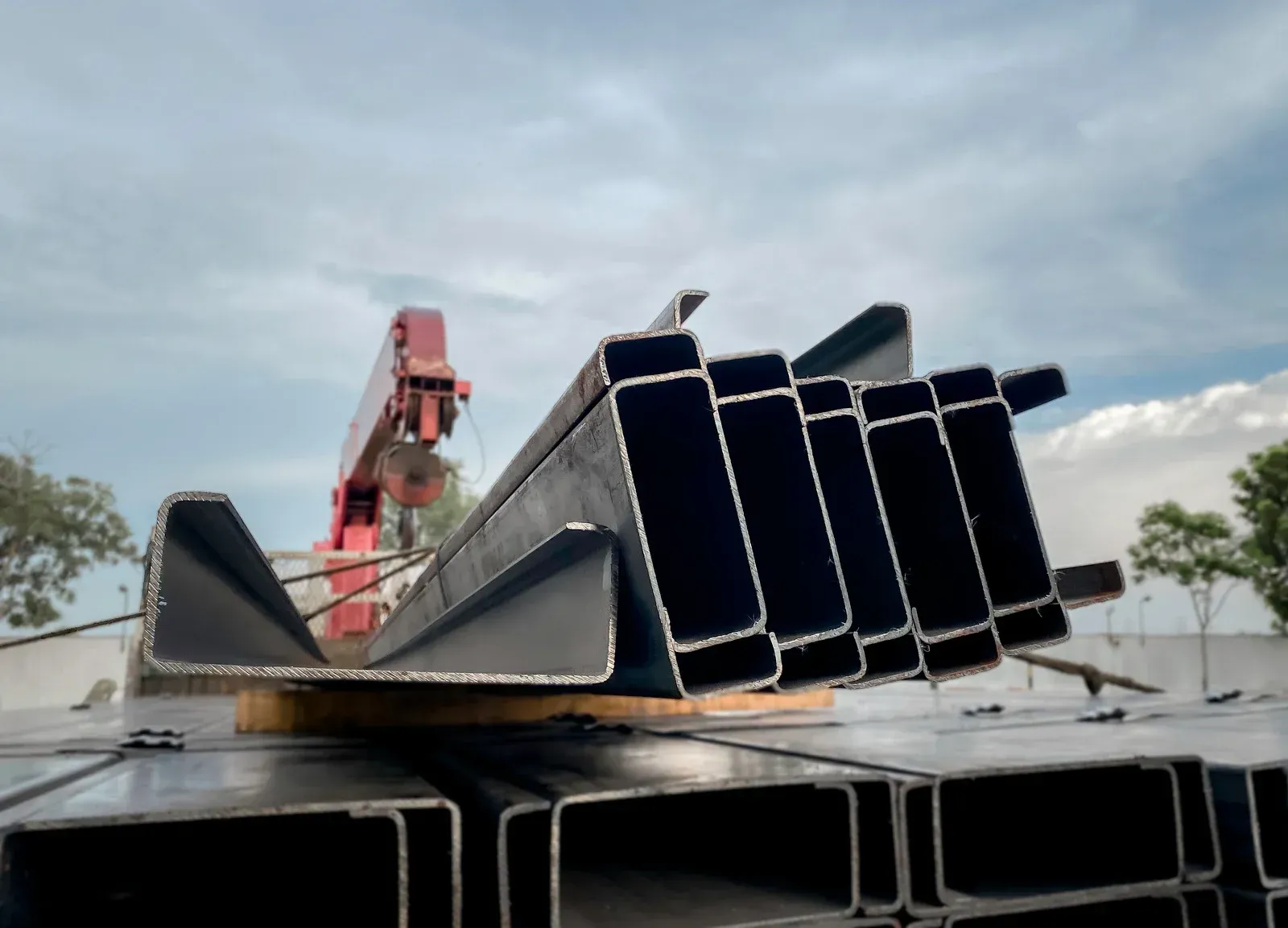The Role of I-Beam Rolling in Custom Construction Solutions
Custom construction is detail-oriented. The selection of materials is essential in ensuring the project's success. I-beam rolling is an innovative technique that makes a big difference in custom building. This process sounds complex, but it's about shaping steel beams into curves or angles to fit specific design needs.
Highlights of I-Beam Rolling
- I-beam rolling is bending or curving I-beams, steel beams identifiable by their I or H shape from the end view.
- I-beams are essential in construction due to their high strength and ability to support substantial weight.
- Rolling allows for more creative and functional uses of I-beams, including curves and angles in construction designs, moving beyond traditional straight lines.
Here, we will break down the importance of I-beam rolling in custom construction and how it's changing the game for builders and architects.
Why I-Beam Rolling is Important in Custom Construction Solutions
1. Flexibility in Design
One of the biggest benefits of I-beam rolling is its design flexibility. Traditional construction often relies on straight lines and right angles, but with rolled I-beams, architects can incorporate unique curves and shapes. It opens up a world of possibilities for creating buildings that are not only structurally sound but also visually striking.
2. Enhanced Aesthetic Appeal
Custom construction isn't just about functionality; it's also about creating something that stands out. Rolled I-beams allow for smooth curves and sleek designs that can make a building more aesthetically appealing. Whether it's a commercial building with a distinctive arch or a residential home with an elegant curved roof, I-beam rolling can elevate the look of any project.
3. Structural Integrity
Despite their complex shapes, structures built with rolled I-beams maintain strength and stability. The rolling process maintains the integrity of the steel, ensuring that the beams can support the required weight and withstand environmental stresses. It means architects and builders can design freely, knowing that their creative visions won't sacrifice the building's safety or durability.
4. Efficiency and Cost-Effectiveness
Custom solutions might seem expensive, but I-beam rolling can be pretty cost-effective. It can lower overall project costs by allowing for more precise construction and reducing the need for additional support or materials. Additionally, the efficiency of using rolled beams means less time spent on fitting and adjustments during the construction process, speeding up completion times.
5. Applications in Various Projects
The versatility of I-beam rolling means it can be used in a wide range of construction projects. Rolled I-beams are invaluable in modern construction, from bridges and stadiums that require the strength and flexibility of curved beams to commercial and residential buildings seeking a unique architectural touch.
I-Beam Rolling For Durable Buildings
I-beam rolling is changing custom construction significantly, making it more flexible, good-looking, and strong. As more people use this method, we'll start seeing cooler and more unique buildings. It's great for architects and builders who want to try new designs but still ensure their buildings are safe and last long.



